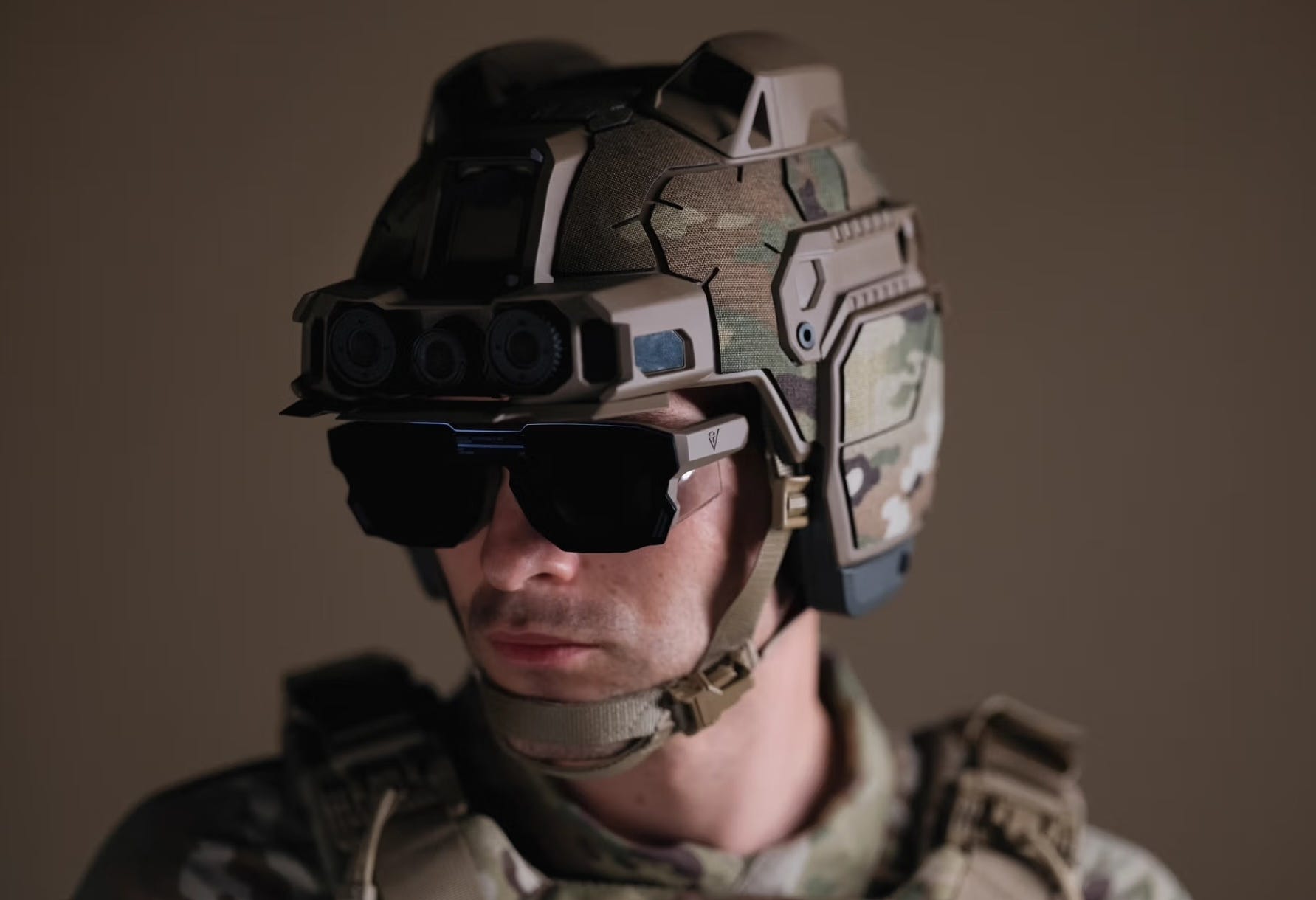The IVAS Delusion
The US military has tried and failed to build a tactical helmet-mounted display for nearly 35 years. Can Anduril actually make it a reality?
Editor’s note: This article has been updated with comment from Anduril.
The US military has spent decades trying to deliver augmented reality to combat troops on the battlefield. Now, a Silicon Valley upstart may have finally pulled it off.
On Monday, defense unicorn Anduril unveiled its much-anticipa…
Keep reading with a 7-day free trial
Subscribe to Laser Wars to keep reading this post and get 7 days of free access to the full post archives.



